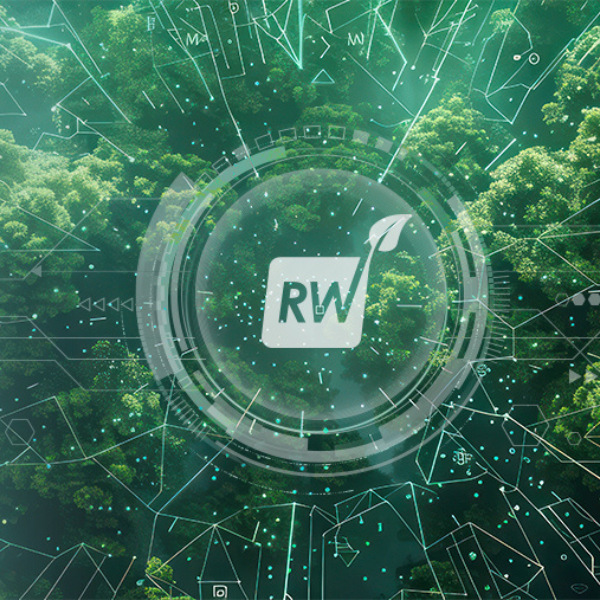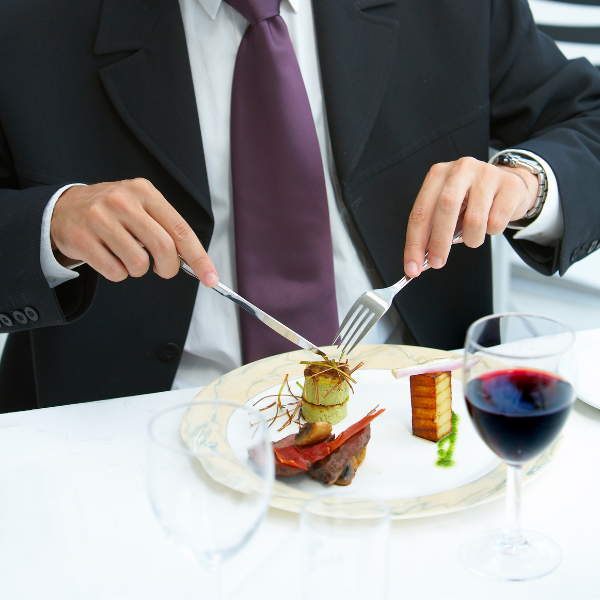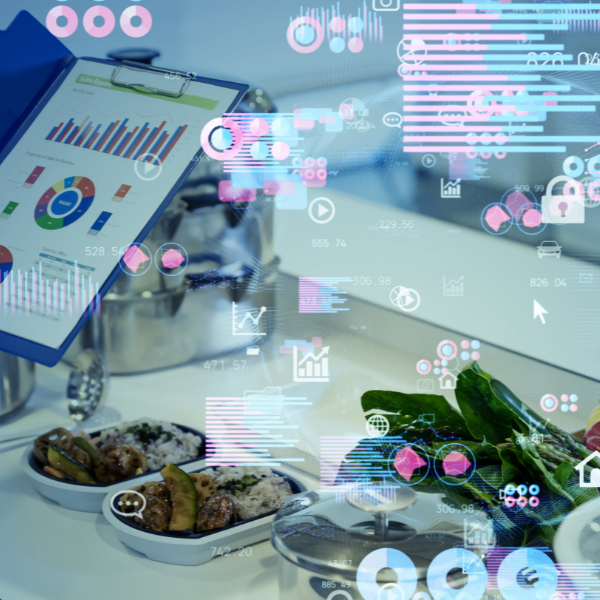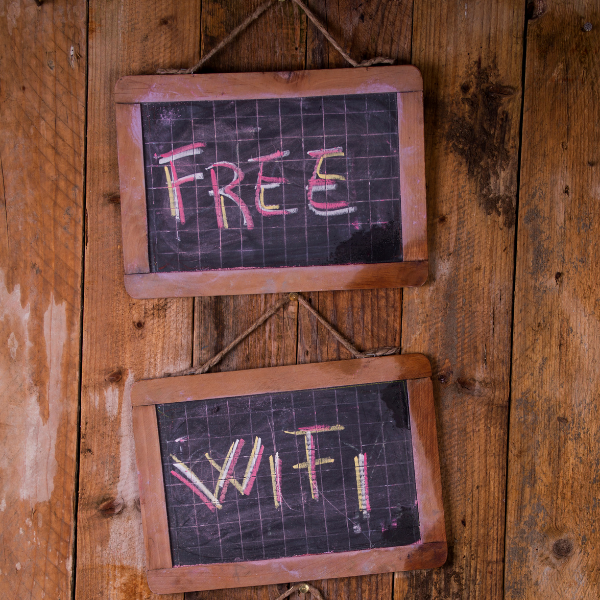As sustainability moves from buzzword to business imperative, foodservice operators from quick-service chains to nationwide restaurant groups are moving toward practical, planet-friendly alternatives to traditional plastics. Two materials gaining steady traction: bioplastics and mycelium-based packaging that offer promising ways to align environmental goals with everyday operational needs.
With states like California and Washington implementing stricter laws on single-use plastics, restaurant operators and suppliers are taking a closer look at compostable and biodegradable solutions that meet both performance and compliance benchmarks.

Plant-Based Bioplastics Enter Broader Foodservice Use
Bioplastics are derived from renewable plant sources such as corn starch, sugarcane, and seaweed. For foodservice operations, these materials offer a more sustainable profile compared to conventional plastics, which are made from fossil fuels and have limited end-of-life options.
Unlike traditional polymers, many bioplastics are industrially compostable or recyclable. Polylactic acid (PLA), one of the most common types used in food packaging, is already being integrated into a range of disposable serviceware—from cups and lids to clamshell containers. According to the USDA’s BioPreferred Program, the use of certified biobased products can contribute to reduced greenhouse gas emissions and lower carbon footprints, which is a growing metric of interest among institutional buyers and foodservice groups.
However, compostability remains dependent on the availability of appropriate waste infrastructure. As of 2024, fewer than 10% of U.S. municipalities have access to curbside composting for foodservice packaging, which continues to limit the viability of compostable packaging at scale. While some urban markets offer commercial composting, widespread access is still limited in much of the U.S., making recyclability a key consideration when evaluating bioplastics for regional or national rollout.
Mycelium-Based Packaging Shows Promise For Distribution & Takeout
Mycelium, the root-like structure of fungi, is being explored as a structural alternative to polystyrene and other foam-based materials. Grown from agricultural byproducts, mycelium packaging is compostable, requires minimal energy to produce, and breaks down naturally in soil or compost environments. While not yet widely adopted in frontline restaurant applications, mycelium’s lightweight and cushioning properties position it as a potential solution for shipping food-safe containers, temperature-sensitive items, or meal kits.
For restaurants focused on takeout and delivery, mycelium’s structural integrity may offer new options as foam bans take effect in cities like New York and others across the Northeast. The material is currently best suited for secondary packaging layers or specialty applications rather than direct food contact, but continued development could expand its use across multiple service categories. While generally considered food-safe in terms of being non-toxic, mycelium packaging used in direct food contact still requires FDA compliance and certifications, which may delay broader adoption.
The adoption of more sustainable packaging in U.S. foodservice will likely be incremental, shaped by regional waste capabilities and evolving customer expectations. However, materials like bioplastics and mycelium packaging are emerging as viable paths forward, offering operators a way to address sustainability without compromising function or food safety.
As major buyers evaluate options for chain-wide adoption, collaboration with manufacturers, distributors, and local governments will be essential to closing gaps in infrastructure and scaling responsible packaging systems.






